• Stainless Steel
The Pressure Cooker – Myths, Mysteries and Common Mistakes!

Reviewed by Trinity Anderson
Last Updated January 2024
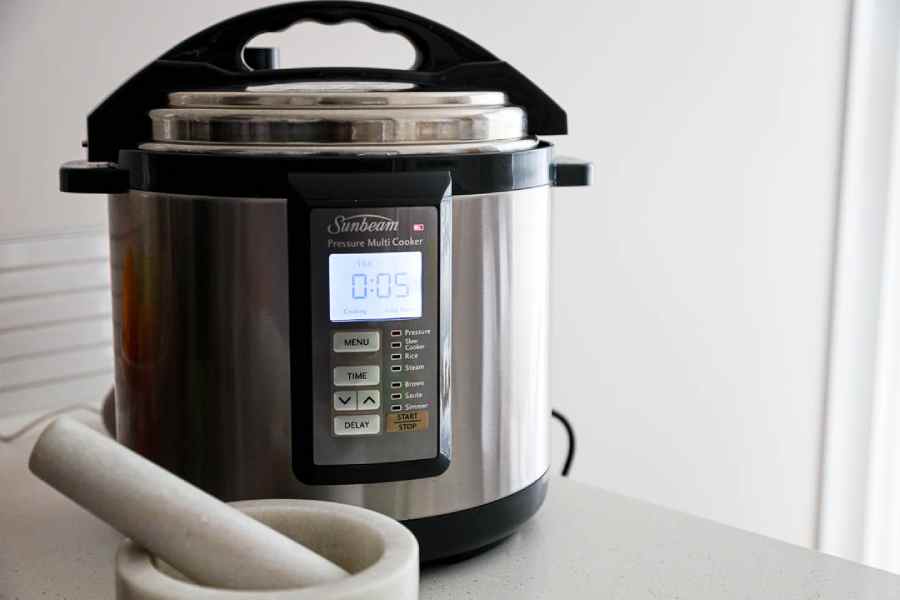
Everything You Ever Needed To Know About Safely Using a Pressure Cooker And Finding The Best Pressure Cooker For You
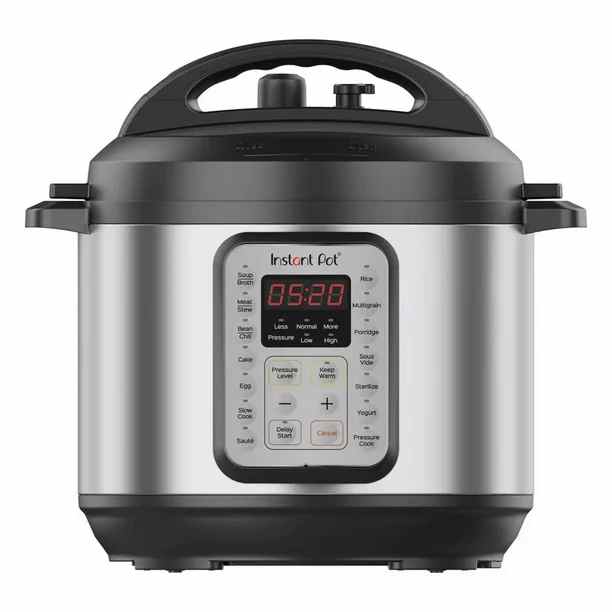
Are you on the fence about using a pressure cooker in your kitchen?
For the longest period, so was I.
To be honest, using a pressure cooker was never a part of my approved kitchen tools. My earliest recollection of pressure cookers involves kitchen explosions and the sight of tomato paste splattered all over the ceiling. Whenever the pressure cooker was in use, my mother strictly prohibited us kids from entering the kitchen. At that time, it seemed like the best safety measure.
No wonder I had convinced myself that a pressure cooker was unnecessary in my kitchen and that life could be complete without it.
However, my perspective changed recently when a close friend of mine couldn't stop praising her Cuisinart pressure cooker and how it saved her time and energy. Just one glance at her modern kitchen gadget made me realize that pressure cookers have evolved significantly since my childhood. Today's pressure cookers are nothing like the ones our mothers or grandmothers used.
It dawned on me that it's time to unravel the mysteries surrounding pressure cookers!
If something has the potential to save cooking time, energy, and retain more vitamins in food, it's definitely worth giving it a second thought and finding the best pressure cooker available.
Firstly, what is a pressure cooker?
Based on Google's information, a pressure cooker is a sealed pot that allows for rapid cooking of food using steam pressure. The pressure cooker's lid is equipped with a rubber gasket that, when securely locked, creates an airtight seal, resulting in increased steam pressure.
Who invented the pressure cooker and when?
You’ll be amazed to know that the first pressure cooker was invented way back in 1679 by a French physicist called Denis Papin. Very aptly, the original name of his contraption was Papins Digester
Papin was trying to reduce cooking time by the use of steam in an airtight cooker.
At that time, Papin’s invention was treated more like a scientific study rather than an invention and he lived and died in relative obscurity. Little did he know that his invention would live on and become a crucial tool in many a kitchen.
How does a pressure cooker work?
As someone who is not well-versed in science, I needed a simplified explanation in plain English. Here is a basic understanding of how a pressure cooker works:
To begin with, pressure cooking always requires the presence of liquid, typically water. Under normal air pressure at sea level, water boils at 100°C or 212°F. Regardless of how much heat is applied, the temperature of the water will not exceed this limit.
However, when we venture to higher altitudes, such as mountains, the air pressure decreases. Consequently, water boils at a lower temperature. This leads to longer cooking times as it takes more time for the food to reach the necessary internal temperature for cooking.
On the other hand, if we find ourselves at lower altitudes, the air pressure increases. As a result, the boiling point of water rises significantly, leading to faster cooking times.
In a pressure cooker, the airtight lid traps the steam generated by the liquid inside. This steam builds up pressure, reaching a maximum of 15 psi (pounds per square inch). This increased pressure raises the boiling point of the water. Consequently, the water, which would normally boil at 100°C/212°F, becomes much hotter and cooks the food much more rapidly.
What about PSI?
This is where the technical aspect comes into play. Let me break it down for you.
Pressure is measured in psi (pounds per square inch). At sea level, the normal atmospheric pressure is 14.7 psi. When we talk about the pressure in a pressure cooker, we are referring to the psi above the normal atmospheric pressure. In an open pan, the psi is 0 and water boils at 100 C/212 F at this pressure.
The boiling point of water increases with higher pressure, resulting in faster cooking of food. In the past, stove top models of pressure cookers had a standard psi of 15, which was determined as the maximum by the USDA in 1917. Once this pressure is reached, the steam release mechanism kicks in to maintain the pressure.
However, modern pressure cookers now offer various psi options, with many models allowing you to choose from a range of pressure settings. Here is how the temperature increases with different pressure levels:
0 psi - cooking temperature reaches 100 C/212 F
5 psi - cooking temperature reaches 104 C/220 F
10 psi - cooking temperature reaches 113 C/235 F
15 psi - cooking temperature reaches 121 C/250 F.
Why use a pressure cooker?
1. Time: By utilizing a pressure cooker, you can significantly reduce cooking time due to the elevated boiling point of water inside. This efficient cooking method can save you up to 50% of your valuable time.
2. Energy: With the shorter cooking duration and higher temperatures achieved in a pressure cooker, you can conserve energy up to 70%, as reported by Fastcooking.ca. This not only benefits the environment but also helps reduce your energy bills.
3. Nutrients: Contrary to popular belief, pressure cooking actually helps retain the nutritional value of your food. Unlike boiling or steaming, which can cause significant vitamin loss, a study conducted by Nestle in 2006 revealed that pressure-cooked food only experiences a minimal loss of 5-10% of its vitamins. This makes pressure cooking a healthier choice for preserving the nutrients in your meals.
So basically pressure cooking is healthy?
Indeed, pressure cooking is a winner when it comes to nutrient retention and reduced cooking time. It is important to note that all cooking methods result in some loss of nutrition. Therefore, unless you prefer raw food, it is inevitable that cooked food will have lower levels of nutrients and vitamins compared to its raw state.
In the case of pressure cooking, the nutrients lost from the food are not completely lost, but rather end up in the liquid. Hence, it is advisable to utilize this liquid in some manner to ensure you benefit from the retained nutrients.
Which foods can you cook in a pressure cooker?
Based on the abundance of cookbooks dedicated to pressure cooking, it seems like you can prepare a wide range of dishes! From simple everyday meals like meat, stews, and beans to more elaborate options such as soups, boiled eggs, and lasagna.
When it comes to pressure cooking, I highly recommend the cookbook "Great Food Fast" by QVC personality Bob Warden. It offers fantastic recipes and tips for making delicious meals in no time.
But doesn’t food taste better when cooked slow vs. super-fast in a pressure cooker?
The ongoing debate between the slow cooker and the pressure cooker continues to intrigue. Which one reigns supreme? Although both appliances have their merits in the kitchen, haven't we always been told that food tastes superior when cooked slowly over low heat, like in a slow cooker?
However, it appears that this belief is just another myth surrounding pressure cookers. Many culinary experts concur that food cooked in a pressure cooker is just as delectable, if not more so, due to the reduced cooking time and minimal loss of flavor from water dilution.
Are pressure cookers safe?
This is the million-dollar question and was my main concern when I started my review of pressure cookers!
What I found is that today’s models are nearly foolproof with enough safety features to make them fail safe.
Most stove top pressure cookers now have a back-up vent to release extra pressure even if you forget to turn down the heat once the pot is full pressure or if the vent is blocked.
As for electric pressure cookers, they come equipped with digital sensors that accurately monitor and maintain the pressure inside the cooker. As an example, the Instant Pot electric pressure cooker (which is on my list of recommended pressure cookers) comes with a list of 10 proven safety mechanisms.
In conclusion, exploding pressure cookers are really a thing of the past and modern cookers are quite safe.
Stove top or Electric?
In the past, my mother used a traditional pressure cooker on the stove, which made a loud noise and rocked back and forth. Electric pressure cookers didn't exist until 1991, and I only became aware of them when my friend couldn't stop talking about her new electric Cuisinart pressure cooker.
Nowadays, there is a wide variety of pressure cookers available, ranging from simple stove top models to advanced electric ones with timers and settings. Choosing the best pressure cooker can be overwhelming, as it depends on your cooking style and budget. Let's discuss the advantages and disadvantages of each type to help you make a decision.
Stove Top Pressure Cooker – Pros and Cons
| Pros | Cons |
|
|
|
|
|
|
|
|
|
|
|
Electric Pressure Cooker – Pros and Cons
| Pros | Cons |
|
|
|
|
|
|
|
|
|
Conclusion:
Consider purchasing an electric pressure cooker if you prefer a hands-off approach and value the convenience it offers, even if it takes a bit longer to cook your food.
On the other hand, if you enjoy being actively involved in the cooking process and are skilled at making heat adjustments, a stove top pressure cooker would be the ideal choice for you, as it provides faster cooking times.
Is there any electric pressure cooker that doesn’t have a Teflon type non-stick coating?
If you are in search of an electric pressure cooker that comes with a stainless steel insert rather than a non-stick one, the optimal choice would be the Instant Pot.
What are some common mistakes to avoid with using pressure cookers?
Below are some avoidable mistakes that are often made when using a pressure cooker:
1. Using excessive liquid: Although pressure cooking requires liquid to function properly, using too much can result in mushy and flavorless food.
2. Insufficient liquid: On the other hand, using too little liquid can lead to the pressure cooker not reaching the desired pressure, causing undercooked food.
3. Overfilling the pressure cooker: It is important to avoid overfilling the pressure cooker as this can prevent proper pressurization and cooking.
4. Cooking ingredients with different cooking times together: Mixing ingredients with varying cooking times, such as meat and vegetables, can result in unevenly cooked food. It is advisable to cook them separately or adjust the cooking times accordingly.
5. Incorrectly locking a stove top pressure cooker: Properly locking the pressure cooker is crucial to ensure airtight cooking. Failing to do so can lead to pressure loss and ineffective cooking.
6. Excessive cooking time: Overcooking food in a pressure cooker can result in a mushy texture and loss of flavor. It is important to follow the recommended cooking times for each recipe.
7. Transferring regular recipes to pressure cooking without modifications: Simply transplanting regular recipes to pressure cooking without making necessary adjustments can lead to unsatisfactory results. It is important to modify cooking times and liquid quantities to suit the pressure cooking method.
Which is the best pressure cooker as recommended by The Cookware Advisor?
We have carefully selected the top pressure cookers available in both electric and stove-top variations, which we believe to be the finest options.
Best pressure cooker – Electric
1. Instant Pot 7 in 1 Programmable Electric Pressure
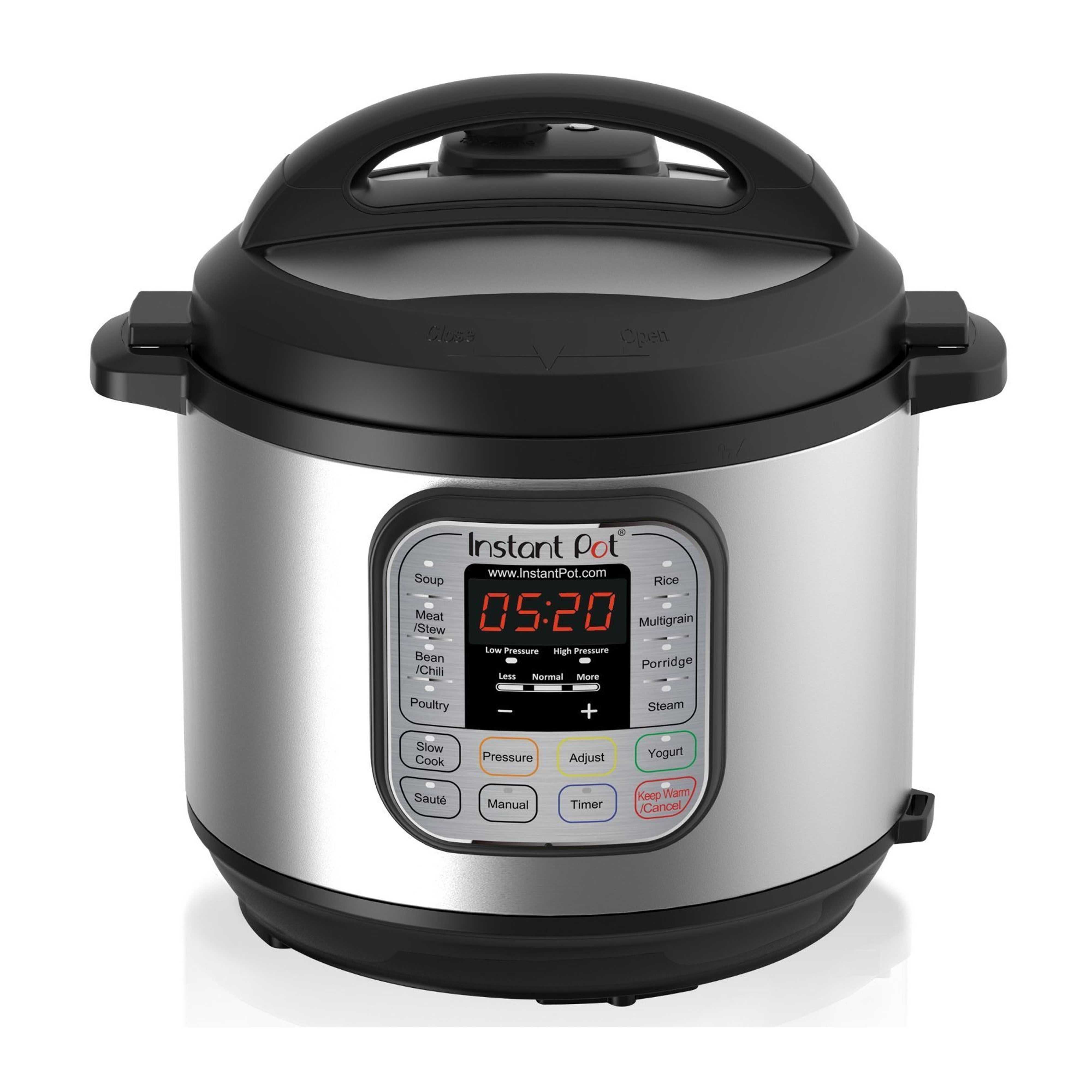
Available in 5, 6, and 8 quart sizes, this pressure cooker offers a tri-ply stainless steel insert, ensuring that you won't have to worry about the non-stick coating wearing off.
With 10 proven safety mechanisms, this cooker prioritizes your safety above all else. It's a versatile 7-in-1 appliance, functioning as a pressure cooker, slow cooker, rice cooker, sauté/browning pan, yogurt maker, steamer, and warmer.
You can choose between two pressure settings: high pressure ranging from 10.2 to 11.6 psi and low pressure ranging from 5.8 to 7.2 psi.
Additionally, it is programmable, allowing you to set it and forget it. This Canadian product is proudly made in China and comes with a one-year warranty.
2. Cuisinart CPC-600 6 Quart Electric Pressure Cooker
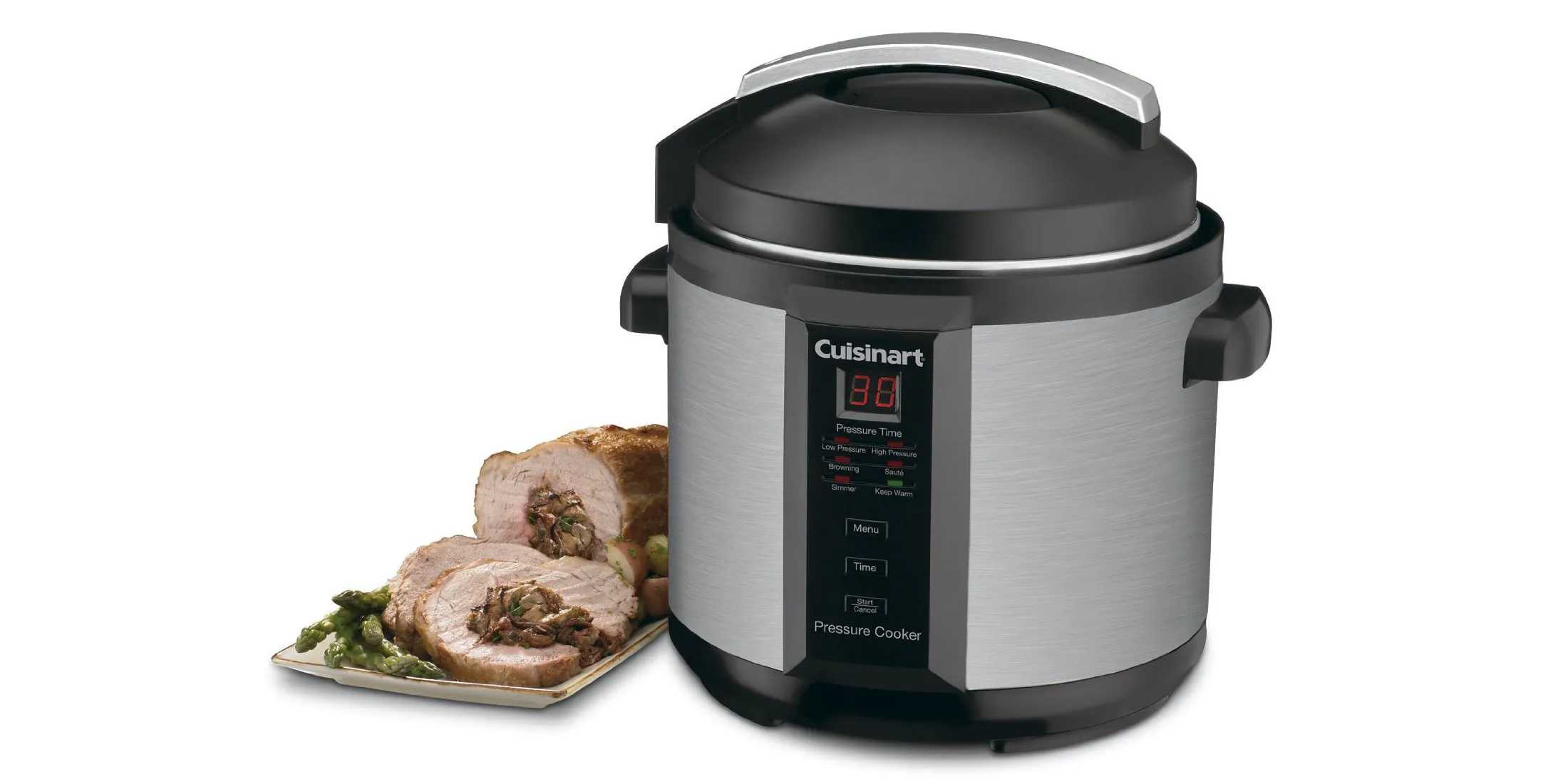
The cooking pot included with this product is designed with a non-stick surface, making it effortless to clean either by hand or in the dishwasher. Crafted from aluminum and coated with Xylan, it ensures optimal cooking performance. If you want to learn more about nonstick coatings, refer to this informative guide.
To ensure safety, the cooker must be fully locked before pressure can build up, and it will remain locked until the pressure inside drops to zero. This mechanism guarantees a secure cooking experience.
With five versatile functions, this cooker allows you to pressure cook, brown, simmer, sauté, and warm your meals. It offers a wide range of cooking options to suit your needs.
You can adjust the pressure settings according to your preference, as this cooker provides two options. The high-pressure setting operates at 10 psi, while the low-pressure setting operates at 6 psi.
Rest assured that this product is proudly made in China, ensuring quality craftsmanship and attention to detail.
For added peace of mind, this cooker comes with a generous 3-year warranty. We stand behind the durability and performance of our product, providing you with long-lasting satisfaction.
Best pressure cooker – Stove Top
1. Kuhn Rikon Stainless-Steel Pressure Cooker
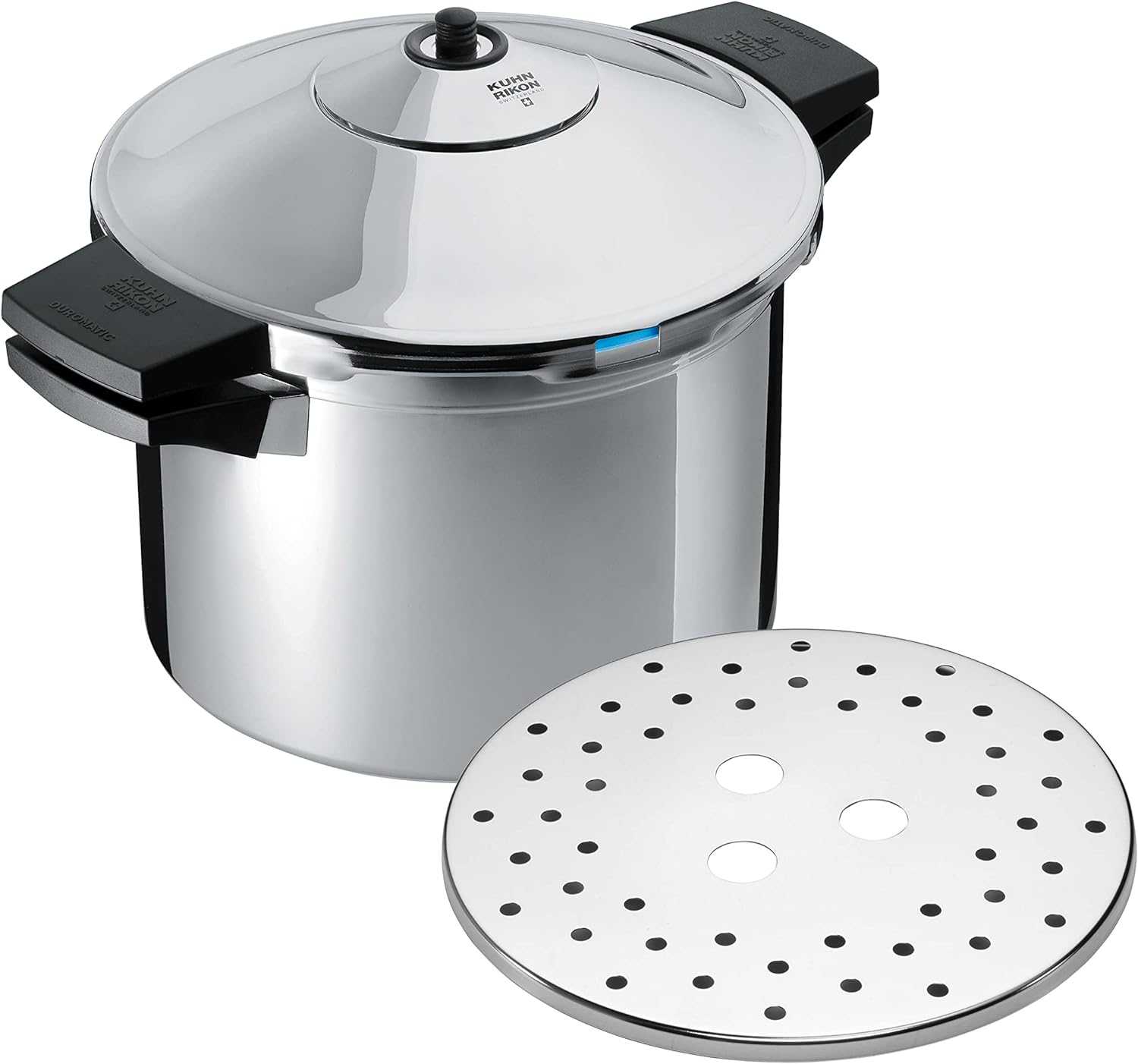
Available in sizes of 5, 6, 7, and 8 quarts, this stainless steel pressure cooker features an aluminum base that ensures rapid and uniform heat distribution.
With its five safety steam release systems, you can cook with peace of mind.
The pressure cooker offers two pressure settings, 8 psi and 15 psi, allowing you to customize your cooking experience.
Despite its powerful performance, it operates quietly. Crafted in Switzerland, this pressure cooker comes with a generous 10-year warranty, guaranteeing its durability and reliability.
2. Fagor Duo Stainless-Steel Pressure Cooker
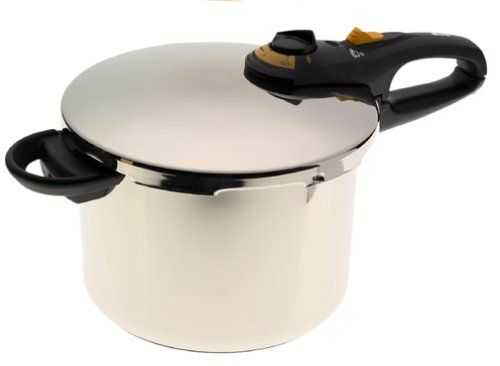
Available in sizes of 4, 6, 8, and 10 quarts, this product is crafted from high-quality 18/10 stainless steel.
It boasts a visual pressure indicator and an automatic pressure release feature, ensuring safety during use.
With two pressure settings of 8 psi and 15 psi, it offers versatility in cooking options.
Additionally, it includes a convenient basket insert. While being manufactured in China, it comes with a generous 10-year warranty, providing peace of mind to the customers.
3. Presto Aluminum Pressure Cooker
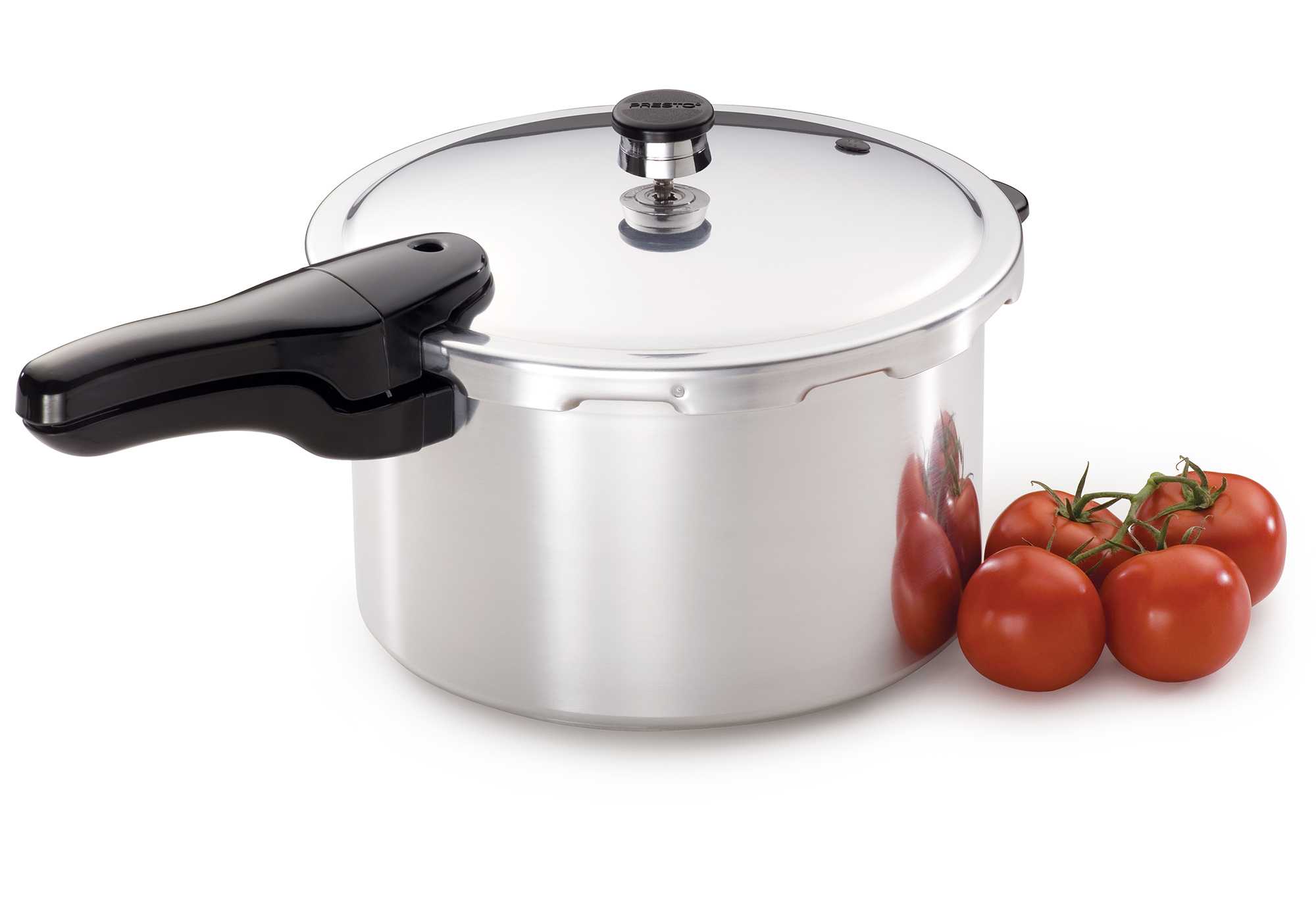
Available in sizes of 4, 6, and 8 quarts, this pressure cooker is crafted from durable and sturdy heavy gauge aluminum.
It features a convenient pop-up pressure indicator, a reliable steam release mechanism, and an overpressure plug to safely release any excess steam.
With a cooking pressure of 15 psi, this pressure cooker ensures efficient and quick cooking.
Rest assured, it is made in China and comes with a generous 12-year warranty.